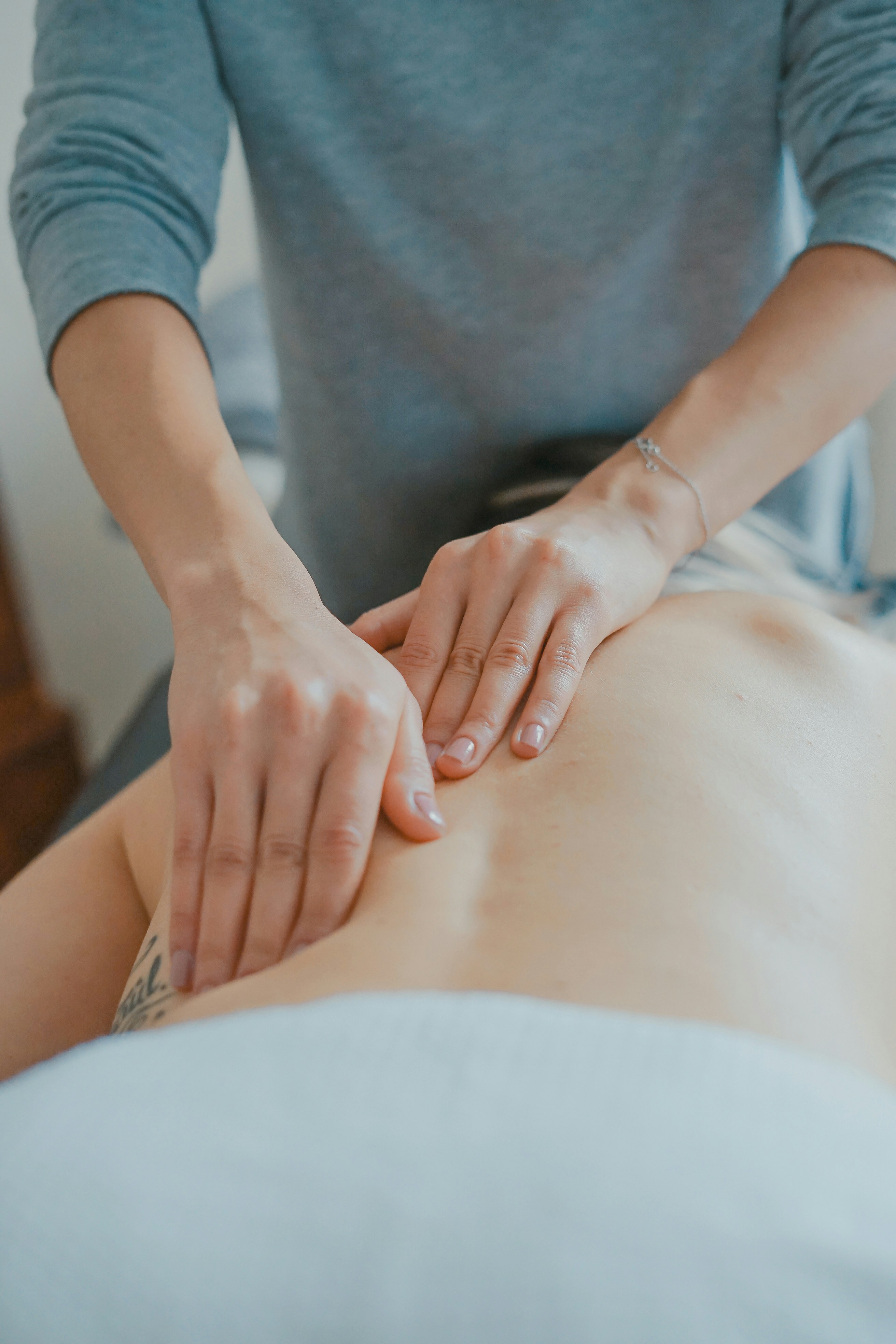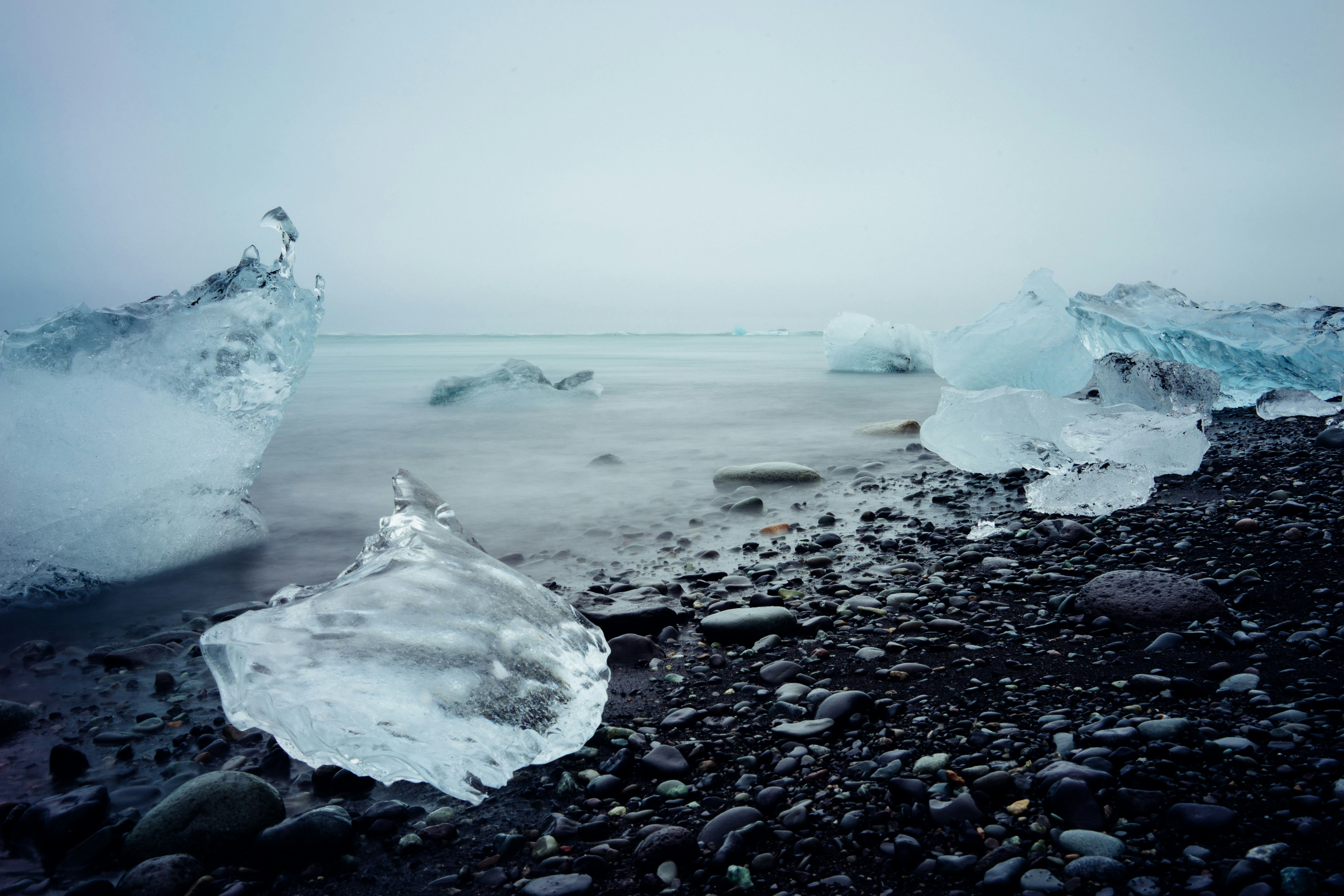Have you ever wondered why some people seem to handle stress with grace while others struggle? Emotional resilience may hold the key. It turns out that building emotional resilience isn’t just about mental exercises or therapy. One surprising method gaining attention is the practice of cold plunges. Not only can they be invigorating, but they can also contribute to your emotional well-being.
What Are Cold Plunges?
Cold plunges involve immersing yourself in cold water, typically at temperatures between 50°F to 59°F (10°C to 15°C). This practice is often used by athletes for physical recovery, but it has been found to offer psychological benefits as well. The cold shock that you experience triggers various physiological responses in your body. While initially uncomfortable, over time, cold plunges can become an enjoyable, enlightening ritual that contributes to emotional stability.
How Do Cold Plunges Work?
The science behind cold plunges involves a mix of your body’s natural responses to low temperatures. As you enter cold water, your body experiences a drastic change in environment, triggering mechanisms like the release of endorphins and norepinephrine. These chemicals play significant roles in mood regulation and stress relief. Additionally, the cold exposure also stimulates your vagus nerve, a crucial part of your nervous system related to parasympathetic control and emotional balance.
The Connection Between Cold Plunges and Emotional Resilience
Understanding Emotional Resilience
Emotional resilience is the ability to adapt to stressful situations and adversity without long-term negative impacts. It allows you to recover from setbacks and challenges, maintaining a sense of control over your mental well-being. Those who are emotionally resilient often perceive stress differently, viewing challenges as opportunities for growth rather than insurmountable obstacles.
Cold Plunges and Physiological Stress Response
Cold plunges mimic stress conditions in a controlled environment, allowing you to train your body’s reaction to stress. When you immerse yourself in cold water, your sympathetic nervous system is triggered, initially causing a stress response. However, over repeated exposures, your body learns to regulate this response better. By doing so, you’re effectively training your mind and body to handle stress more efficiently in other life situations.
Enhanced Mood and Reduced Symptoms of Depression
The endorphins released during cold plunges act as natural mood elevators. They provide you with a feeling of euphoria and help combat feelings of depression and anxiety. When combined with the release of stress-combating hormones like norepinephrine, cold plunges can significantly uplift your mood and provide emotional stability.
Building Discipline and Overcoming Fear
Incorporating cold plunges into your routine requires discipline and courage, particularly because the immediate discomfort can be daunting. However, regularly facing and overcoming this discomfort can help build mental fortitude. You develop a mindset that embraces challenges, promoting a more resilient character that can better withstand emotional trials.
Steps to Incorporate Cold Plunges into Your Routine
Start with Hydrotherapy Showers
If the idea of jumping into a cold plunge pool seems overwhelming, begin with cold showers. Start with your usual warm shower and gradually decrease the temperature. Aim to spend at least 30 seconds to a minute under cold water at the end of your shower. This practice can help your body acclimate to cold exposure.
Cold Plunge Pools and Natural Bodies of Water
Once you’re comfortable with cold showers, you can try cold plunge pools or venture into natural bodies of water like lakes or rivers. Remember to listen to your body and never push yourself beyond your limits. It’s vital to prioritize safety, especially in natural settings where conditions can be unpredictable.
Establish a Routine
consistency is crucial. Whether you opt for cold showers or plunge pools, make it a regular practice. Schedule your cold water exposure at specific times of the day, aligning it with activities like workouts or meditation, to reap the most benefits.
Safety and Precautions
Know Your Limits
Be mindful of your body’s signals and stop immediately if you feel any discomfort beyond the initial cold shock. It’s essential to consult with a healthcare provider before starting if you have any pre-existing medical conditions.
Gradual Exposure
Build your tolerance gradually. Start with shorter durations and progressively increase the time spent in cold water as you become more accustomed to the initial shock.
Have a Warm-Up Plan
After you finish your cold plunge, have a warm-up strategy in place. Wrap yourself in warm towels, engage in light physical activity, or consume a warm beverage to gradually bring your body temperature back to a comfortable level.
Avoid Overexposure
Balance is crucial. Too much cold exposure can lead to hypothermia or other negative health effects, so monitor your time and frequency of cold plunging carefully.
Additional Benefits of Cold Plunges
Improved Circulation and Recovery
Cold exposure constricts blood vessels and boosts circulation, which can flush out toxins and improve overall cardiovascular health. This process can also help reduce inflammation and speed up recovery after physical exertion, making it a favorite among athletes.
Better Sleep Patterns
Cold plunges can significantly improve sleep quality. The invigorating nature of a cold plunge, paired with the fatigue that follows after thermal regulation, often leads to deeper, more restful sleep.
Strengthening the Immune System
By exposing your body to cold temperatures, you can strengthen your immune system. Regular cold plunges have been shown to increase white blood cell counts, enhancing your ability to fight off illnesses.
Testimonials: Personal Stories of Transformation
Jane’s Journey to Strength
Jane, a stressed-out professional, found solace in cold plunges. Initially skeptical, she committed to a 30-day cold plunge challenge. By the end of the month, Jane noticed reduced stress levels and heightened self-awareness. Cold plunges became her go-to method for managing work-related stress.
Michael’s Battle with Anxiety
Struggling with anxiety, Michael incorporated cold plunges into his routine after reading about their benefits. Over time, he experienced a decrease in anxiety symptoms. He found that the practice improved his mood and contributed to a newfound inner calmness.
Conclusion
Cold plunges might seem daunting at first, but with time and consistency, they can become a vital tool in building emotional resilience. By embracing the cold, you challenge your mind and body in ways that promote growth and healing. While cold plunges are not a one-size-fits-all solution, they may offer you a refreshing path toward improved emotional well-being. Remember, the journey is personal, and the key is to listen to your body and respect its signals. Whether you choose cold showers, plunge pools, or natural waters, the resilience you build will be yours to carry into all aspects of life.
Is embracing the cold next on your journey to emotional resilience? The choice, and the plunge, is yours.




